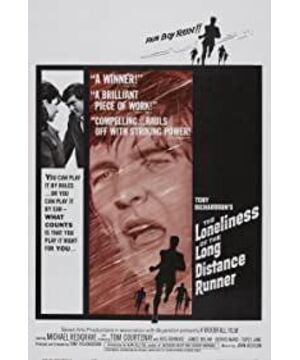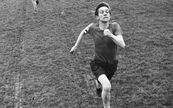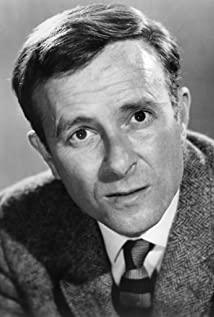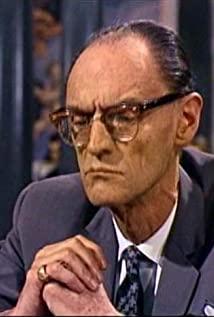1. To be precise, it is a film adapted from the "Angry School" novel by director Tony Richardson, who participated in the "Free Film Movement". 2. Some people actually commented that it was a stream of consciousness movie. I even think that the stream of consciousness segment in the final race itself is a visual imitation of the "extreme" phenomenon in long-distance running, and at the same time, he made his final choice through his psychological conflict. Foreshadowing; it would be unwise to leave aside the realism of the rest of the film. 3. There are also comments that the film is more like "Citizen Kane" than "The Four Hundred Blows", which is incomprehensible. It can be said that the film's reverse sequence and interlude narrative strategy may be reminiscent of "Citizen Kane", but the same motif as "Four Hundred Strikes" cannot be ignored. Family problems, juvenile delinquency; like the Four Hundred Strikes, the traversing long shot of running shows a lonely juvenile escaping social control. Different from this, running itself in this film has become a way of resistance. There is no longer no way to escape, to stop is to resist. 4. Compared with the more simple and direct outdoor shooting and hand-held lens of the French New Wave, the black and white photography of this film is undoubtedly more elegant. It can be seen from the delicate low-key shots and night scenes in the film. 5. The editing is excellent, with both tit-for-tat close-up dialogue scenes and transitions realized with the help of shots and character movements.
View more about The Loneliness of the Long Distance Runner reviews











